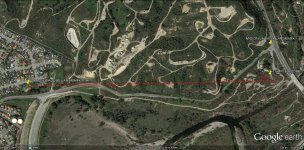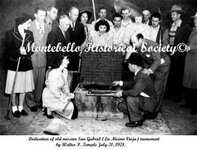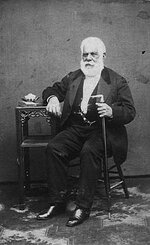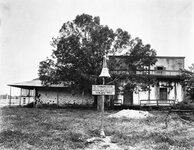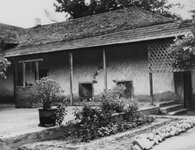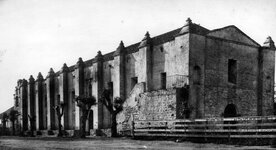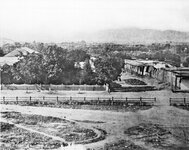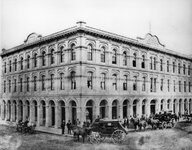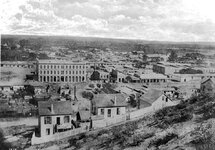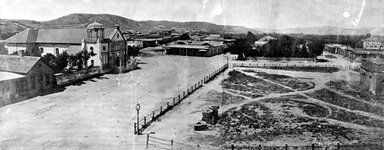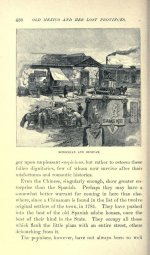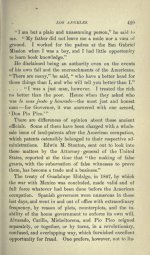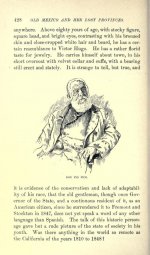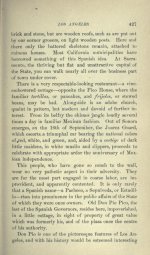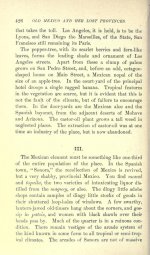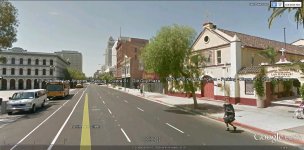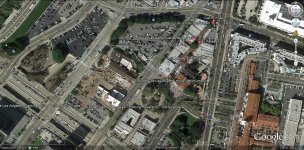JackH
Full Member
- Thread starter
- #161
Jack
I believe how was more easy for the Peraltas to transfer their gold via Gila Trail to San Diego
View attachment 747204
Marius
You could be very Right Marius,
But these are my reasons maybe not:
1) Gila Trail: (Southern Emigrant Trail - Wikipedia, the free encyclopedia)
In October 1846, General Stephen Watts Kearny and his dragoons with their scout Kit Carson found the route.
2) The last reference before the Legend of the Massacre (Peralta) is 1847 on the interior of the Peralta Heartstone. We can assume that Peralta visited the Great Mine (LDM) at least twice before the Massacre. My assumption because there was a Galleon waiting for him, and possibly others. This Galleon was on a time schedule. Galleons were the most expensive item to produce in the day. They had to keep moving like todays sea going freighter to pay for the cost of building and bring profit. That schedule was kept by Peralta because he knew how much time it would take to fulfull his obligation to the King of Spain and deliver.
3) Old Spanish Trail (trade route) - Wikipedia, the free encyclopedia
A route linking New Mexico to California, combining information from many explorers, was opened in 1829-30 when Santa Fe merchant Antonio Armijo led a trade party of 60 men and 100 mules to California. Using a short cut discovered by Rafael Rivera the previous year, the Armijo party was able to stitch together a route that connected the routes of the Rivera and Domínguez-Escalante Expeditions and the Jedediah Smith explorations with the approaches to San Gabriel Mission through the Mojave along the Mojave River. After this date, the route began to be used by traders for usually a single annual round trip.
The trading party usually left New Mexico in early November to take advantage of winter rains to cross the deserts on the trail and would arrive in California in early February.
The return party would usually leave California for New Mexico in early April to get over the trail before the water holes dried up and the melting snow raised the rivers too high. The return party often consisted of several hundred to a few thousand horses and mules
4) Low-scale emigration from New Mexico to California used parts of the trail in the late 1830s when the trapping trade began to die. The trail was also used for illicit purposes, namely to raid the California ranchos for horses and for an extensive Indian slave trade. These horse raids were made by Mexicans, ex-trappers and Indian tribes who together stole hundreds to thousands of horses in one raid.
Essentially, Peralta would use an Established Route as replacement work animals would most likely be available. I'm sure he had spare animals to begin his trip.
5) It appears by the information provided, the real hardships began on the Old Spanish Trail somewhere here for the trip to the San Gabriel Mission and coast:
Entering the Great Basin in Utah via Salina Canyon, the trail turned southwest following the Sevier River, Santa Clara River and Virgin River before ascending the Mormon Plateau and hitting the Muddy River in present-day Nevada. From there, it was a 55 miles (89 km) waterless trip crossing southern Nevada to the springs at Las Vegas, Nevada. From Las Vegas, the trail went across the Mojave desert from Mountain, Resting, Salt and Bitter springs (which were sometimes dry), each about a day's travel apart across the Mojave Desert until it reached the only intermittently dependable Mojave River. The river was followed to a point near Cajon Pass over the San Bernardino Mountains.


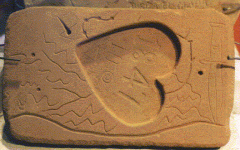
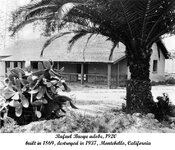
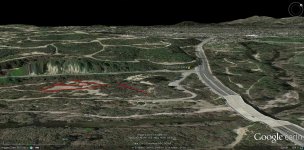
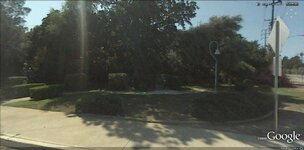
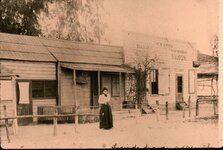
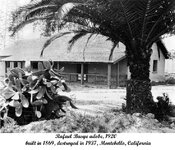
![Juan Matias Sanchez].jpg](/data/attachments/722/722128-eebf9baf3c4741ed9398aeb72018e4c6.jpg)
